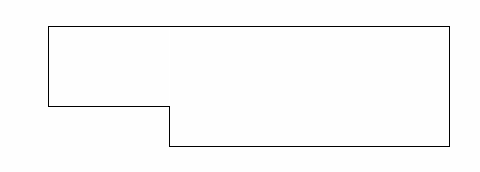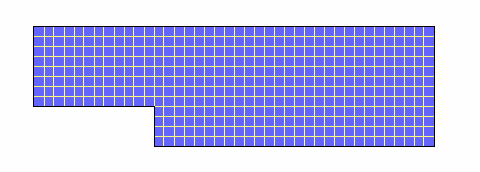Mesh generation
From CFD-Wiki
What is mesh generation?
The set of partial differential equations governing fluid flows and heat transfers are not amenable to analytical solutions, except for very simple cases. Therefore, in general, in order to analyze fluid flows, flow domains are split into smaller portions (made up of geometric primitives like hexahedra and tatrahedra in 3D, and quadrilaterals and triangles in 2D) and linearized governing equations are solved inside each of these portions of the domain. Care is taken to ensure continuity of solution across the common interfaces between two portions, so that the linearized solutions inside various portions can be put together to give a complete picture of fluid flow in the entire domain. Each of these portions of the domain are known as elements, and the collection of all elements is known as mesh or grid. The origin of the term mesh (or grid) goes back to early days of CFD when most analyses were 2D in nature. For 2D analysis, a domain split into elements resembles a wire mesh, hence the name.
Examples of a 2D analysis domain (flow over a backward facing step) and its mesh are shown in pictures below.
Mesh classification
As CFD has developed, better algorithms and more computation power has become available to CFD analysts, resulting in diverse solver techniques and support. One of the direct results of such developments on the field of mesh generation is development of different types of mesh elements and how they are connected to each other. As a result, meshes can be classified based one on or more the following important criteria:


